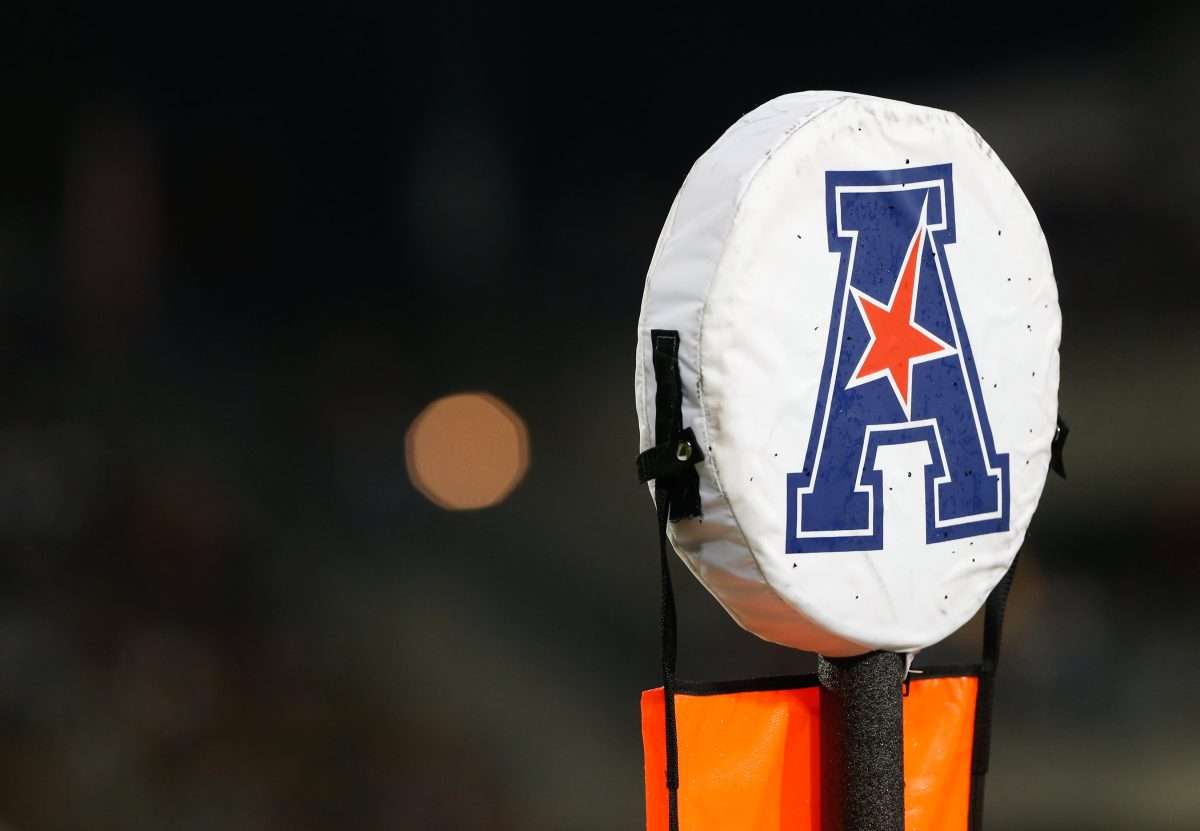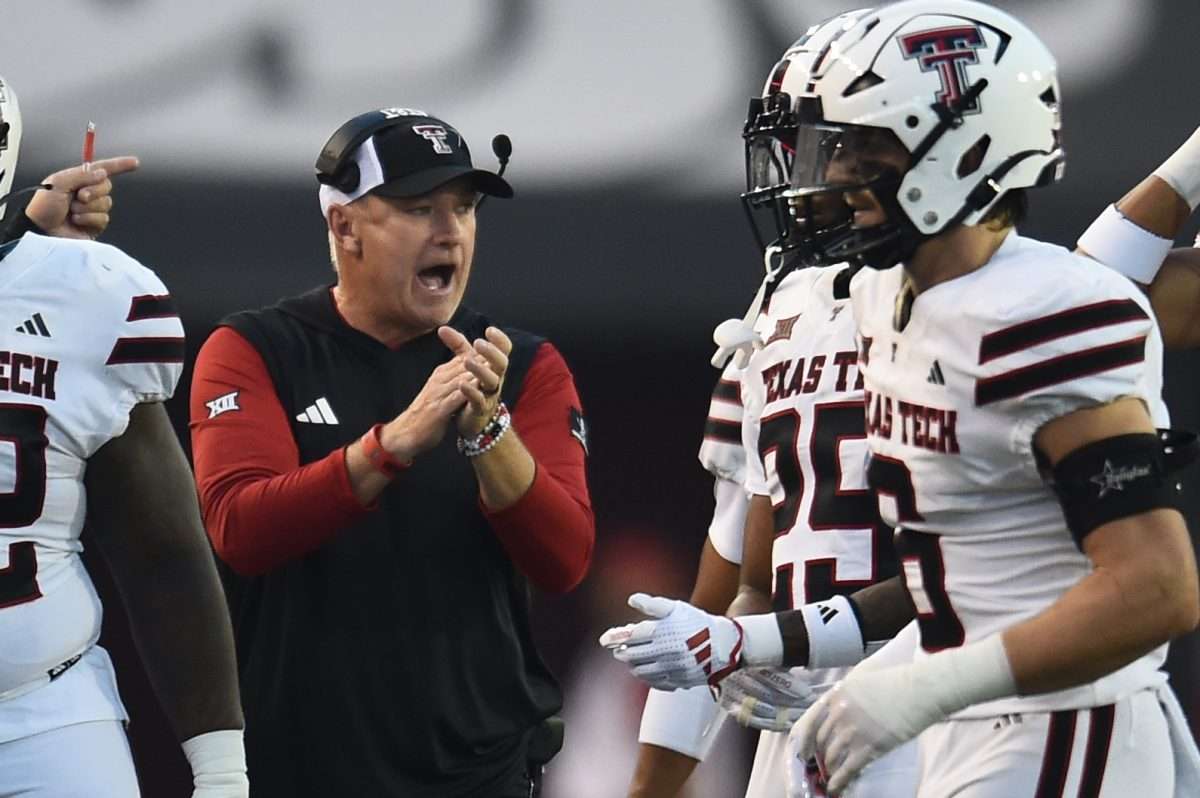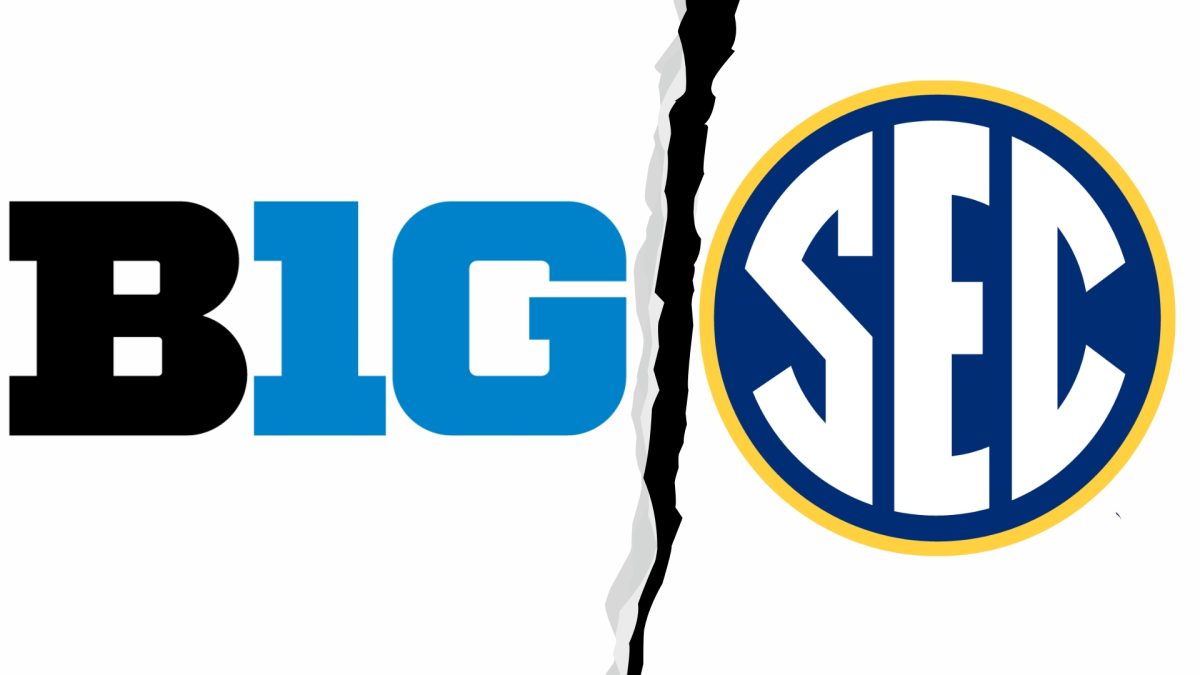On Friday, the American Athletic Conference announced a new initiative that will require its programs to provide a minimum standard of benefits to their respective athletes.
In other words, the schools in the AAC will now be required to meet a minimum amount of revenue sharing when it becomes official later this year.
The minimum? $10 million.
Yahoo Sports’ Ross Dellenger provides some of the key details on this new initiative in his report.
“As part of this ‘Minimum Investment Program,’ schools must share with athletes at least $10 million in cumulative additional benefits over a three-year period, starting with the 2025-26 academic year — a concept driven by commissioner Tim Pernetti and one he describes as an ‘important moment for the conference,’ he told Yahoo Sports in an interview Friday when reached to comment on the league’s decision.”
Schools will reportedly be able to reach the $10M minimum through a combination of benefits that will be available after the House antitrust lawsuit is officially approved in a matter of weeks.
According to Dellenger, In the AAC’s new Minimum Investment Program, schools will be permitted to count the following investments as additional benefits:
- up to $2.5M in new scholarships
- direct revenue shared with athletes
- up to $2.5M in Alston payments—a stipend that some schools have already been sharing with their athletes.
“This action is another indication for how the American differentiates itself from its peers,” Pernetti told Yahoo Sports. “We are committed to differentiating the American in every way we can and we are committed to delivering an unrivaled experience for student-athletes and positioning our members in the best place for the future of college athletics.”
Now, Pernetti tells Dellenger that the $10M is strictly a minimum that schools in his conference will be required to meet and that many of them will exceed that number. But, the question on everyone’s mind is, what about the schools that won’t be able to commit to those kinds of funds?
The Power Four conferences all earn more than four times what the AAC does, and will spend well in excess of that $10M number. In fact, most schools in those conferences plan to abide by a revenue poll cap of $20.5M.
However, the remaining conferences—the American, Mountain West, C-USA, MAC, Sun Belt, and Pac-12—are going to have a much harder time with the financial side of an agreement like this.
The television contracts that these programs are working with a far less valuable than that of the other conferences. Plus, most of those programs are dependent on the university’s general funds or student fees to meet their financial needs.
Sure, there will be programs that can navigate this new obstacles, but with the AAC now implementing a minimum, it’s begs the question: will the other conferences be forced to do so?
If so, will this be the thing that brings some Group of Five schools to the end of the road?





